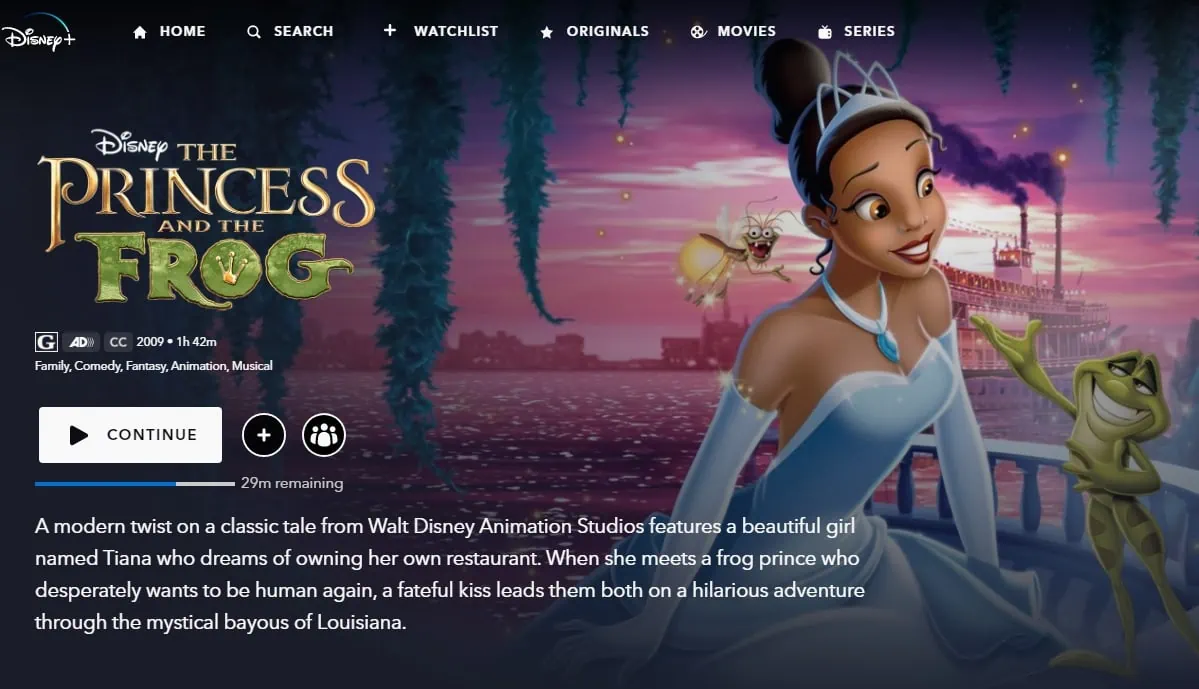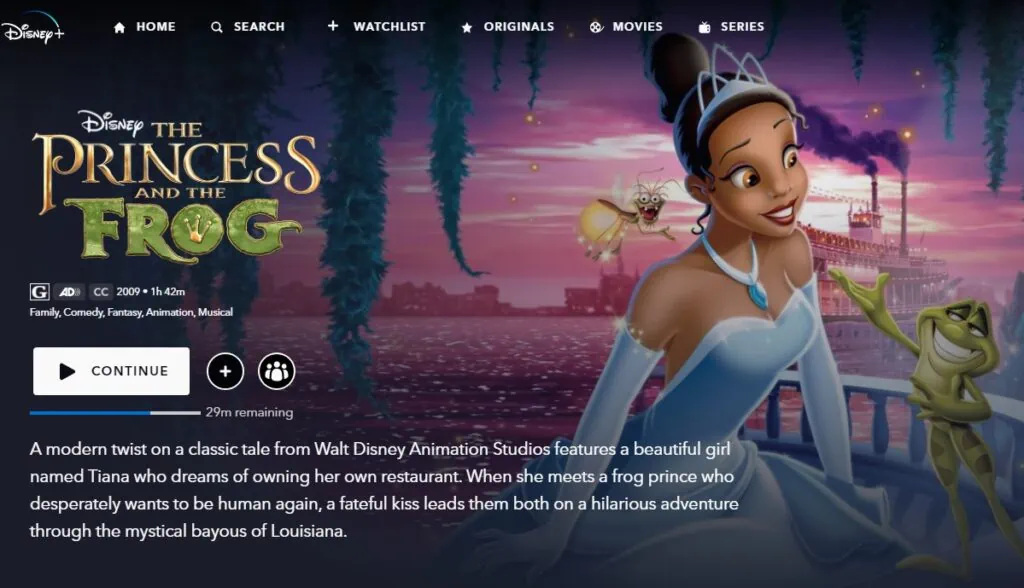“Cinderelly, Cinderelly, night and day it’s Cinderelly.”
In 1997, Brandy Norwood starred as the lead in Disney’s live-action remake of the beloved 1950’s classic Cinderella. In a 2021 interview with People, Norwood admitted, “Cinderella was ahead of its time.”
The lack of representation of Black people among the princesses made the inclusion of a Black lead a revolutionary move by Disney. This makes me ponder the importance of diversified representation in Disney princess movies.
A visit to New Orleans
The first official Black Disney princess was Princess Tiana from The Princess and the Frog (2009). Disney classics often portray white princesses, most popularly Aurora from Sleeping Beauty (1959), Rapunzel from Tangled (2010) and Elsa from Frozen (2013). There is a gap in Black representation in both animated and live-action movies.
Disney movies are enjoyed worldwide, regardless of race and culture. The number of Disney theme parks in countries, including the United States, Japan, France and China, speaks to Disney’s global presence. Children often look up to the characters and mimic the attributes they see portrayed in films, alike other characters in children’s shows.
The showcasing of strong leads with admirable qualities makes for great entertainment and provides young people with possible role models. As much as positive princess qualities such as loyalty, bravery and kindness are important, so is racial representation.
Diversifying Disney
Character diversity makes movies more racially inclusive. It helps people relate to
characters at a deeper level. Black princesses in Disney present the opportunity for young people of colour, rarely represented in the Disney limelight, to feel represented.
Given the impressionable young minds of Disney’s intended audience, racial representation is especially important. According to an article in The Journal of Youth and Adolescence, “Identity formation is an important part of adolescent development, and … one mechanism for how media may play a role in the identity formation process.” Having stereotypical white princesses creates the idea that princesses come from only one
race.
Disney appears to be attempting more inclusivity with films such as Queen of Katwe (2016), Soul (2020) and Marvel Cinematic Universe flick Black Panther (2018). Earlier films like The Princess and the Frog also aid in the fight for Black representation for young children. In a 2020 People interview, Anika Noni Rose, who voices Tiana, said “When we don’t include children of colour in fantasy, we are saying that they don’t exist in that space of adventure and imagination.”
The dark side of “inclusive” Disney
It should also be noted that while The Princess and the Frog attempts to be inclusive of Black communities, subtle hints of racism are evident.
I feel Tiana remaining a frog for most of the movie doesn’t do justice to her role as a Disney princess. Compared to the white princesses featured in Disney movies, most of whom remain human girls in pretty gowns for most of their features, Tiana’s storyline detracts from the overall message the film sends to young viewers.
Furthermore, the setting of 1920s Louisiana is also controversial, given that is when many Black communities relocated from the southern United States during the Great Migration. The Great Migration took place between 1910 and 1970 when six million Black people moved from the American south to places throughout the rest of the country.
The newest representation of a princess of colour is in the live-action remake of Disney’s The Little Mermaid, set to be released this year. The film garnered excitement across social media, with clips of children reacting happily to the new Ariel, played by Halle Bailey.
Hope for the future
Disney’s status as a global brand puts them in a position of power. This and Disney’s resonance with young children should push them to help all young viewers to feel included and represented in the media. While Disney is making changes to escape racist content from the past — including the closing of the Walt Disney World ride Splash Mountain (an attraction based on the controversial 1946 film Song of the South) — the ratio of white princesses is telling. As Disney continues changing to include more diverse representations of princesses, we can only hope the changes continue for the better.



Recent Comments